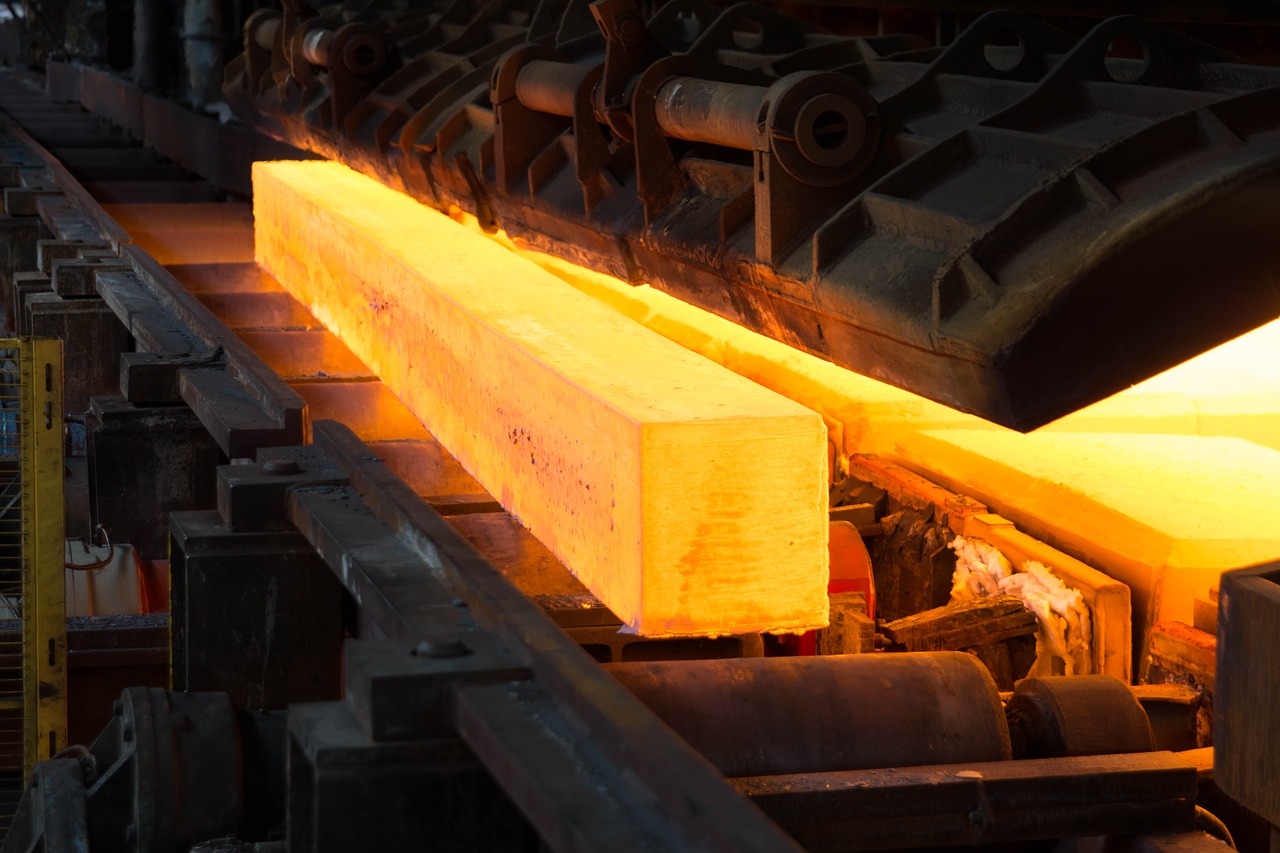What Is Annealing and Why Is it Done?

‘Annealing’ is the heat treatment process that metals that need to be worked on go through in order to to make them easier to form, shape, or stamp. It is done to reduce the hardness and increase the ductility of the parts, thus allowing metallurgists to apply forming or stamping forces on the workpiece without fearing breakage or risking the formation of cracks. So, it’s essentially the introduction of softness combined with an increase in yield strength.
The process of annealing starts by heating the piece above its re-crystallization temperature, keeping it there for a certain amount of time, and then letting it cool and recrystallize. The exact times, temperatures, and even the heating and cooling rates depend on the material composition of the workpiece.
For example, copper or silver are quickly quenched in water for rapid cooling, while steel is heated until glowing red and then slowly allowed to cool to room temperature in still air. Also, the target annealing temperature is usually around one-third of the metal’s absolute melting point.
In general, annealing involves three stages:
- Recovery – Removal of dislocations in the crystal structure, resulting in a relief of internal stresses and by extension the hardness.
- Re-crystallisation – The deformed grains are replaced by a new set of defect-free grains, are form new structures and crystal shapes.
- Grain growth – The newly formed crystals increase in size, but the shape and type remain the same that was introduced in the previous stage.
After the workpiece is brought to its new shape or form, it may need to be re-hardened depending on its functional role. Metal parts that are to serve a role that calls for high levels of electrical conductivity for example may be annealed and not imposed to any more metallurgical treatment processes. So, it all depends on the desired properties, and sometimes, a very specific series of steps need to be followed to achieve them.
Due to the fact that annealing can greatly reduce the strength of metals and have permanent effects on their physical and mechanical properties, accidental annealing is a grave danger that should always be taken into account by material engineers and technicians.

 Tech Steel & Materials
Tech Steel & Materials